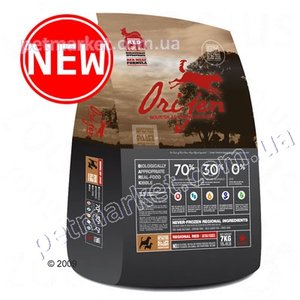- Сообщения
- 2.699
Re: Отзывы о кормах для чихуахуа
На мой взгляд активная реклама во многом это может быть связанна, с тем, что научную деятельность зачастую спонсируют компании, производящие корма.
Может быть сейчас дела обстоят по другому.
В любом случае, уровень научной деятельности в ветеринарии у низ на несколько порядков выше, чем в России. Ветврачи имеют возможность делать выводы.
kosha
можно ссылочку на статью
очень интересно
.Я также была на сайте американского ветеринара,которая в своей статье рекомендовала кормить животных натуральным кормом. И это рекомендовал доктор,который живет в стране,пропагандирующей сухие корма. Есть о чем задуматься.
На мой взгляд активная реклама во многом это может быть связанна, с тем, что научную деятельность зачастую спонсируют компании, производящие корма.
Может быть сейчас дела обстоят по другому.
В любом случае, уровень научной деятельности в ветеринарии у низ на несколько порядков выше, чем в России. Ветврачи имеют возможность делать выводы.
kosha
можно ссылочку на статью
очень интересно

